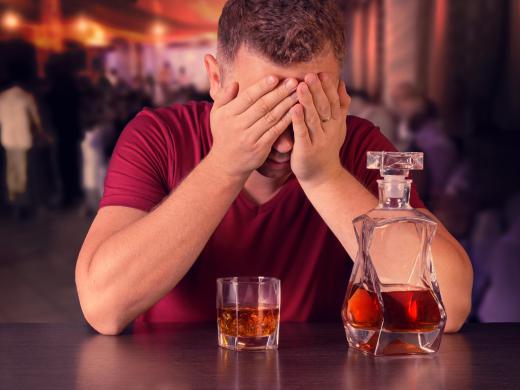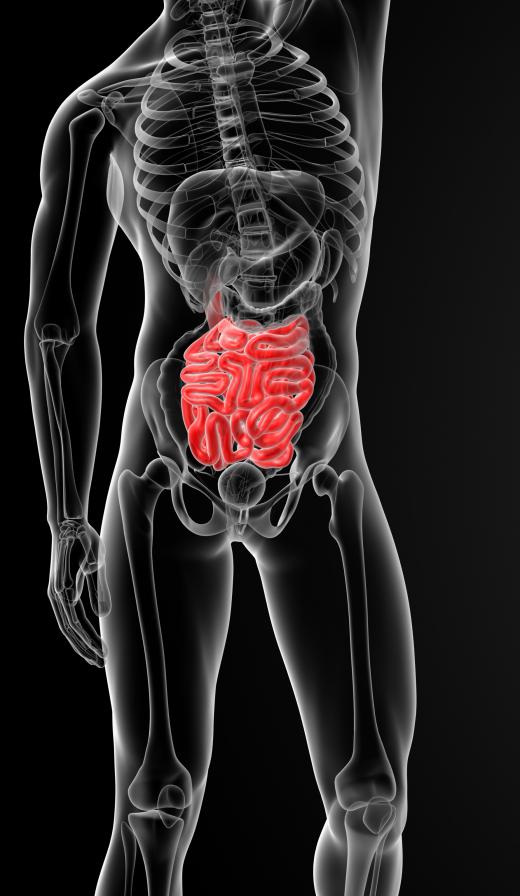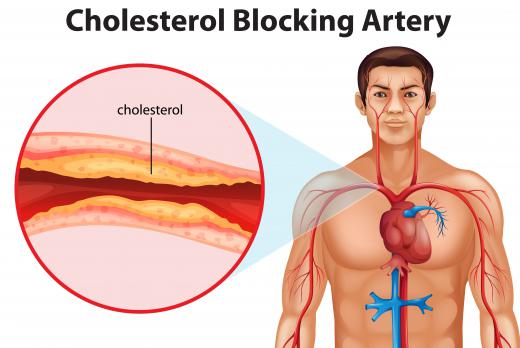What Are Chylomicrons?
Once food is digested, particles of cholesterol and triglycerides need to be absorbed into the blood stream. These particles generally can’t pass into the blood stream on their own, and do not dissolve by themselves. Cells in the intestines called enterocytes typically absorb proteins and fatty acids, and form chylomicrons, which are particles with lipoprotein coatings that can pass fat-based substances into the blood circulation. Cholesterol and vitamins that are fat soluble are typically contained inside the particle.
Inside their lipoprotein outer coating, chylomicrons are usually made up of 90% triglyceride. About 10% of the particle content is cholesterol. These particles are typically large compared to smaller substances that can pass into most blood capillaries. They instead travel into lymphatic capillaries in the intestinal wall called lacteals. After traveling through the lymphatic system, the particles enter the blood via veins in the neck, and can then be broken down.

The triglyceride component of chylomicrons is usually broken down by a protein called lipoprotein lipase. Various fatty acids along with monoglycerides become free floating in the blood and can be absorbed by cells. The same substances are often released into the digestive system with bile, in particles called micelles. These are broken down in the intestines, and then absorbed along with fatty acids from food as chylomicrons,

A cyclic process of transporting cholesterol in the body is often aided by the liver; some of the fatty substances are used for breaking down food. Half of the cholesterol is typically absorbed by the small intestine, and the rest is usually excreted from the body. The fatty acids that are released in the blood can be stored by fat cells as triglyceride, or be used directly for energy by muscles. Removal of chylomicrons is generally accomplished by the liver, which removes the particles and processes the compounds before they are once again released back into the blood.

Chylomicrons help transport triglycerides, which in high levels can cause health problems. Elevated levels can be caused by genetic conditions that are common, or ones that are rare such as chylomicron retention disease. The absorption of cholesterol, fats, and vitamins is usually inhibited, which can affect childhood development and stunt growth. Neurological problems often result later on. Conditions affecting triglycerides and chylomicrons, including genetic factors as well as kidney problems, some types of diabetes, and excessive drinking of alcohol, can usually be treated with different medications.
AS FEATURED ON:
AS FEATURED ON:















Discuss this Article
Post your comments